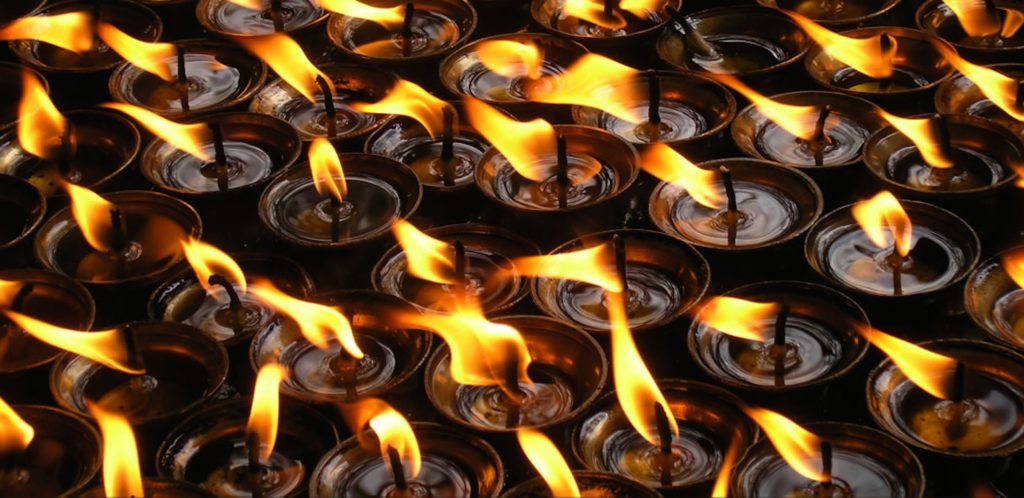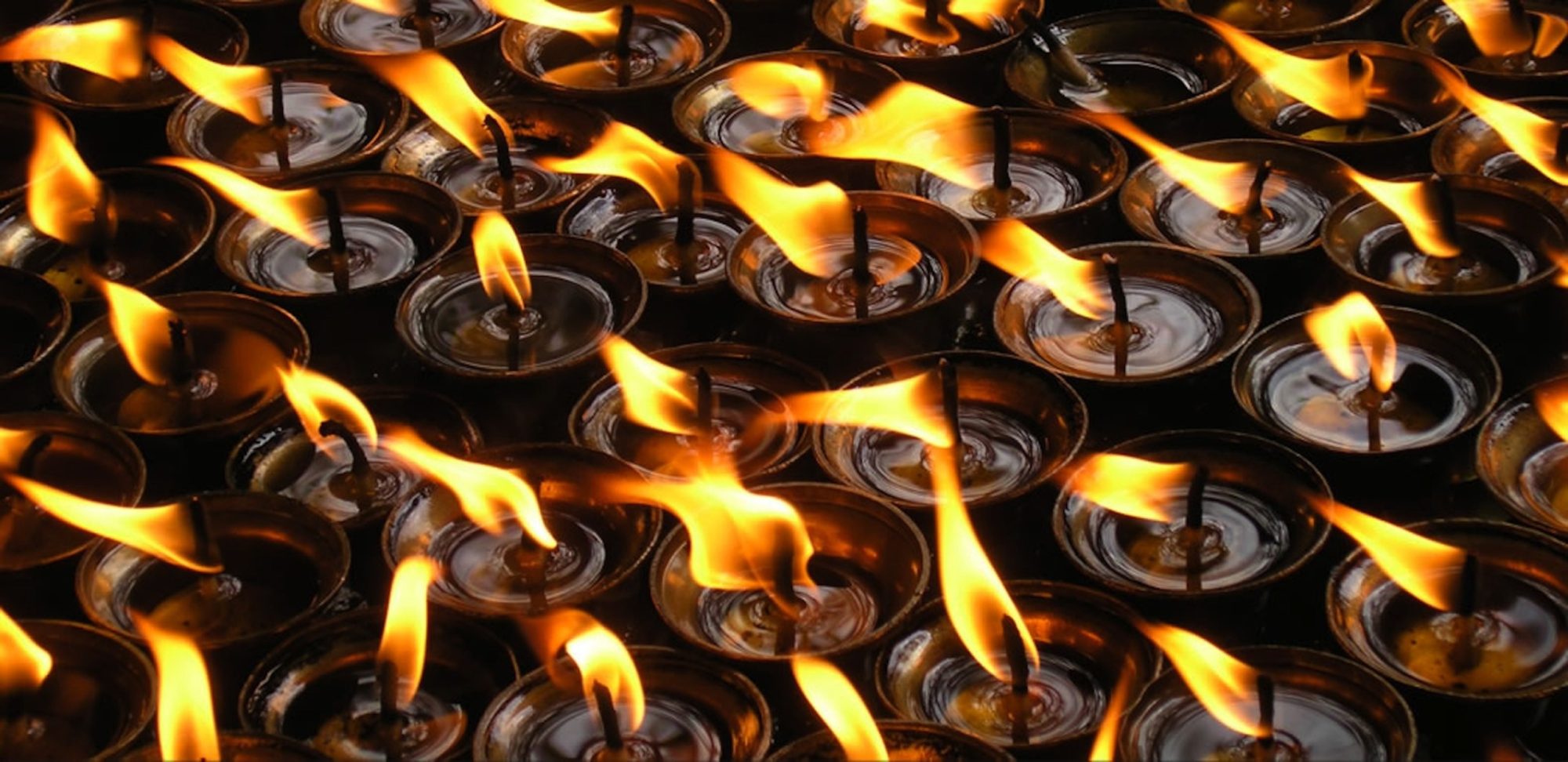If you have explored my re-vamped website, you will know I now have a webpage dedicated to the offering I have for spiritual and psychological integration. The deeper I have taken my practice of Buddhism (and benefitted from its skilful means on the path of growth and healing), the more inspired I have been to bring aspects into my practice as a psychotherapist. Just like we are always evolving as humans along the developmental arc, so we do in our work and vocations. I am experiencing this, as I move into a way of practice that integrates my humanistic training and ideas from the transpersonal approach. As regular visitors to my blog will know, I am currently working on a book that describes my experiences of integrating traditional western psychotherapeutic training (which the humanistic approach falls under) with the wisdom tradition of Buddhism (that would fall under the transpersonal or spiritual way).
The ‘transpersonal’ approach, which the name implies, is one in which we explore our nature as humans beyond the boundaries of our singular, independent ‘self’. Many of us experience transpersonal moments when we go out into nature, or have intimate conversations with friends – we experience a dissolving of our separation. This is why the transpersonal is also known as a ‘non-dual’ approach to psychotherapy.
I am now listed on the register of non-dual therapists – a move I took upon reflection of work and life in my ‘end of year review’. Given I am spending most of my time on my book project this week, I thought I would share my listing on that register in lieu of a full blog post…

“I am deeply committed to offering you a space to be. A place in which to intimately explore your experience; to come to know, and to question the layers of stories and beliefs; to dissolve the contraction and relax into who you truly are.
When I was encountering counselling and psychotherapy for the first time, sitting in the client’s chair, two teachings from the Buddhist path helped me immensely. Firstly, while pain is an inevitable aspect of our human condition, suffering is optional. Furthermore, the part of us that knows we are suffering is not suffering. In therapy, as I would unravel my experience of pain, it dawned on me the harder I tried to run, the shadow just kept up! I learned with the help of my therapist’s unconditional presence to slow, to stop, and to turn toward my suffering.
There is no one approach to non-dual therapy. In fact, there is no such thing as non-dual therapy ‘to do’. There are as many approaches as there is non-dual practitioners. What we have in common is how to facilitate our clients’ experiencing of their wholeness from which they have been separated.
I am often asked what does a non-dual approach to therapy offer beyond the practices on a spiritual path such as meditation or visualisation. In my experience as a humanistic psychotherapist,I see the relational space created by therapist and client as incredibly important in the healing work. As one of my dear teachers John Welwood taught me, we are created in relationship, we are wounded in relationship, and it therefore makes sense we are healed in relationship.
Understanding how we came to be wounded is therefore incredibly valuable. AND, it is not the totality of the work. At some point the “why” needs to be dropped and the “what” (is being experienced) and “how” (in the body-mind) contacted. All witnessed in the unconditional presence: of the therapist, of the client.
The psychological work of relational psychotherapy brings our patterns to the surface; the experiential work is to know these patterns at an embodied level; the spiritual work is to realise these patterns are not who we are – they simply obscure our wholeness that has always been.
On one level we know we are not our thoughts, feelings, emotions. To say again: the part of us that knows our suffering, isn’t suffering. This knowing knows the thoughts, the feelings, the emotions that arise distinct from a reactions to the life we are living; knowing them as the expression of life itself. In a Buddhist analogy – it is like the sky, untouched by the expression of a rainbow or storm.
Originally trained in the humanistic tradition and Gestalt psychotherapy, I am also deeply influenced by Jungian psychology, and the teachings of the enneagram. My personal orientation toward non-dual psychotherapeutic practice is inspired by the teachings of Rupert Spira, Judith Blackstone, Claudio Naranjo. However, the predominant influence is that of Buddhism. I am a Vajrayana practitioner in the Kagyu lineage of Tibetan Buddhism. I sometimes find it helpful to use the Buddhist dharma in my therapy work as it helps set context, or the View – a scaffold in which we can explore direct experience. However, experience has shown me not to confuse the finger pointing at the moon with the moon itself. Concepts can be helpful, but are no substitute for experiencing your true nature.”

